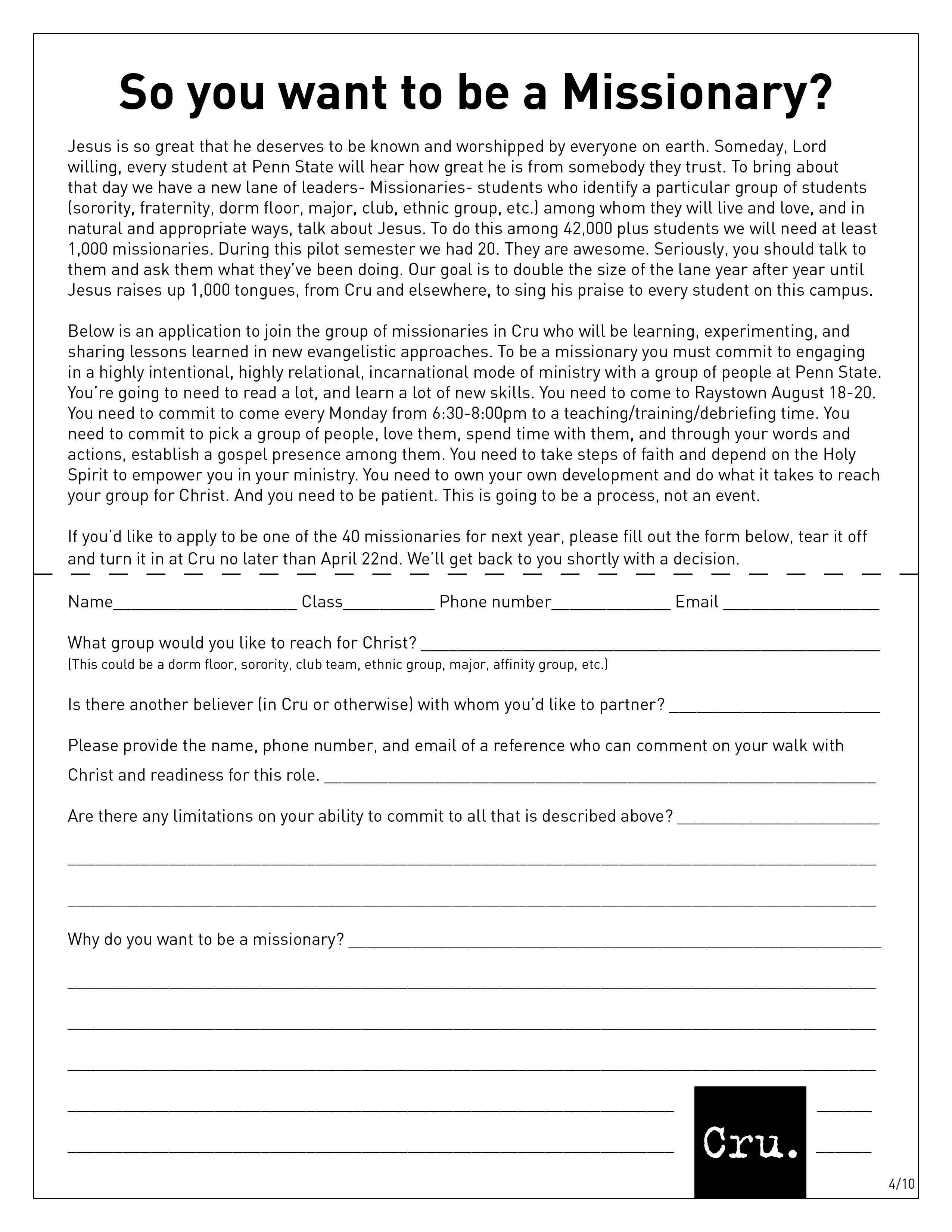Adjust the Paradigm
While our evangelism model values ministry, natural, and body modes of evangelism, our default posture tends toward ministry mode. For instance, though CoJourners demonstrates organizational approval of natural mode, many staff and students continue to experience evangelism as an activity performed with strangers. We need to champion new paradigms of reaching the collegians of the Mid-Atlantic (and US) by helping Christians reach those closest to them: their friends and classmates.
We know that CCC is famous for crossing barriers into new places, but the truth is that few of our students are even reaching those who sit next to them in class. Given that people who come to Christ do so overwhelmingly in the context of relationships, we need to emphasize reaching those with whom we have the greatest opportunities for influence as we move toward reaching every collegian in our Mid-Atlantic (and US) scope.
One possible expression of this paradigm shift can be seen in the changes being made at Penn State. Last summer and throughout the fall we took a hard look at how we are structured and concluded that a dramatic increase in our effectiveness would require dramatic changes. Those changes began in January 2010.
One change relevant to the discussion here is the creation of a new leadership position, “Missionary.â€Â Formerly we had two primary leadership roles: Managers and Multipliers. Managers led organizationally and administratively, overseeing the weekly meeting, conferences, community events, and the like. Multipliers were our Bible study leaders/disciplers/evangelists.
We observed that when evangelism and discipleship compete, evangelism loses. Meaning, when a student is asked to reach out to lost students and to teach and train younger believers, invariably they devote the greater share of their time and attention to the young believers.
In our new system, Multipliers still lead studies, still disciple, and still have evangelism training as a component of their discipleship. However, there is also a new lane of leaders, the Missionaries, whose sole focus is to incarnate themselves into some pocket of campus where they can conduct natural evangelism.
In our inaugural class of Missionaries we have students committed to establishing a gospel presence in the atheist club; Lesbian, Gay, Bisexual, Trans-gendered Association (LGBTA); a fraternity; a sorority; several dorms and majors; and various other affinity groups.
A few weeks ago our missionaries to the LGBTA put together a discussion on homosexuality and Christianity which over 150 students attended, including dozens of gay and lesbian students. It’s impossible to imagine that sort of turnout if we didn’t have insiders who spend hours every week at the LGBTA center. Even with their insider presence, the reactions to the program were understandably mixed. Despite the umbrage that some students took with what they heard, sufficient trust and friendship remains. Our students are continuing to build bridges upon which the gospel can cross.
The Missionaries are learning a new set of skills. For several years we have suggested students do natural ministry, but we never really helped them succeed. We trained them in ministry mode and hoped they’d figure out how to translate it. Predictably, they didn’t figure it out. Now, Missionaries meet weekly as a group for training in natural mode evangelism and encouragement in the Word. A significant portion of our time is spent sharing stories of success and failure, as we are learning together how to live out this new approach.
Ministry mode still has a place here. It is helpful for training and we believe it has a catalyzing effect of helping students conduct natural mode evangelism. But as we believe that students will come to faith through natural mode evangelism, we are directing significant energies to helping our students succeed in that.
We are working to bring about the day that every student at Penn State will hear the gospel from someone they trust. Lord willing, that day will come within the next ten years. We calculate we’ll need at least 1,000 missionaries in order for that to happen, perhaps half of whom will be involved in other ministries with whom we partner.
This approach is one that we think has promise on other campuses as well. Organizational support in the form of explicit permission, advocacy, new training resources, and updated metrics as outlined in our proposals could help this model succeed and spread.
Below is an example of the application we use in selecting our missionaries.
To read other people’s comments or enter your own please click here.
